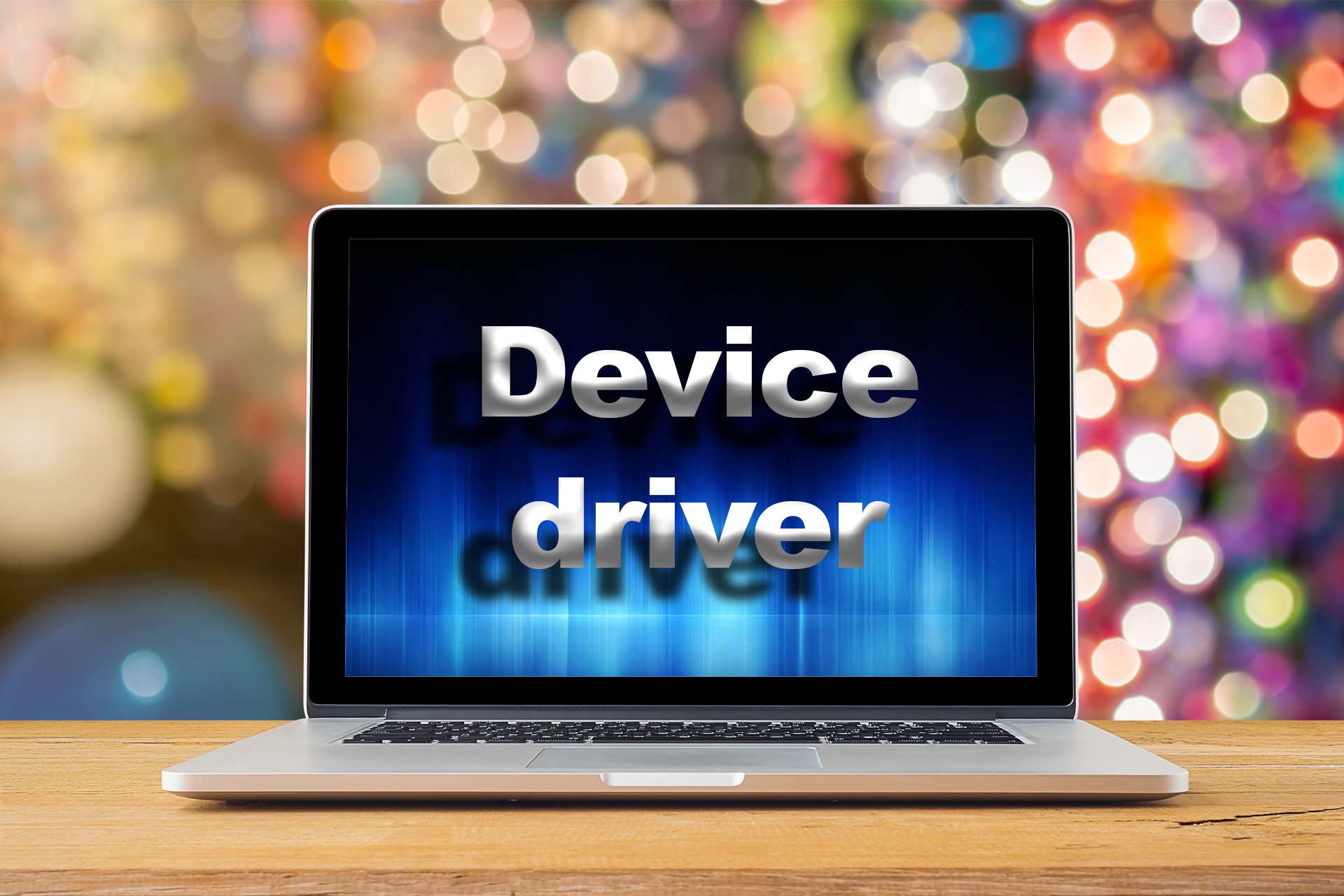
Now that you’re a master of drivers and CPUs, let’s cover updating the various drivers in your PC. There’s two things we need to do first to simplify the process. Keeping your drivers up-to-date is great for both performance and efficiency in your CPU, along with other necessary functions like ensuring that your system audio works as expected. In fact, if your BIOS is so important that it plays a role in CPU and motherboard compatibility. Just like drivers can’t control every piece of hardware, not every mobo can “control” every CPU.
- Begin by benchmarking your current CPU performance, using a tool like Cinebench, which simulates a rendering workload.
- Nvidia GeForce Experience, Intel Driver & Support Assistant, and AMD Radeon Software Adrenalin Edition have almost the same method to install the latest update.
- The CPU is an essential component of your PC, likely the most essential component, and it’s designed to not need drivers to work.
- A high-speed network storage drive is also an option, especially if you need link to share access with other users in an organization.
Although the system can detect and configure most hardware automatically through the basic set of drivers library and Windows Update, sometimes, the system may fail to detect some devices. Dell drivers are popular among most users, you can just download and install dell drivers on its official website. The best free driver updater software is mentioned in the above article. Use any of them to automatically update outdated drivers on your Windows 11 PC.
How to install Nvidia Drivers
Best think to do is simply install using a spare pc, install AMD USB drivers, run sysprep and swap the drive to the Ryzen platform. Those wishing to get exotic could run imagex and make a wim of the installation. Audio and Network drivers are a slightly different kettle of fish, and you may have to go hunting for the Windows 7 variants of these.
It automatically creates driver backups before installing updates. It boasts some of the most exceptional driver management features like automatic creation and restoration of driver backups, exclusion of drivers from the scanning process, and so on. Automatically downloads and installs recommended drivers and updates. Pre-download or save device drivers for another computer. Creates backup of all individuals device drivers for easy restoration.
Go to the Windows 10 or 8 advanced boot options menu. You can do this by holding down the shift key while clicking on the “Restart” option. You will notice that your computer will restart the menu.
Can You Manually Configure Windows to Make Better Use of Cores?
To get rid of the conflicts, you’ll have to uninstall all current drivers using the mentioned methods. Right-click on the graphics card’s name and then choose Scan for Hardware Changes from the drop-down menu. Open it up, and it’ll automatically check if the drivers are updated. First, check if the current drivers you have installed are up to date. After booting into safe mode, it’ll ask you to remove the AMD software.
Tips to Save Your CPU in Ableton Live
Double-click the downloaded file to open the WinZip Self-Extractor. You don’t need to know what operating system your computer is running or the model of your printer, because we will take care of knowing all that when we scan your PC. 6) Once the file is downloaded you will need to find the .EXE you got from HP and right-click to run or double-click the file. 4) Once you find the correct section of the site you will need to run a search for your “HP ” printer .
The company has failed to work with the open-source community to provide documentation and a working DRM driver, leaving expectations of Linux support unfulfilled. On January 6, 2011, it was announced that VIA was no longer interested in supporting free graphics initiatives. Arm Holdings is a fabless semiconductor company which licenses semiconductor intellectual property cores. Although they are known for the licensing the ARM instruction set and CPUs based on it, they also develop and license the Mali series of GPUs. The reverse-engineering project, known as Lima, was presented at FOSDEM on February 4, 2012.
